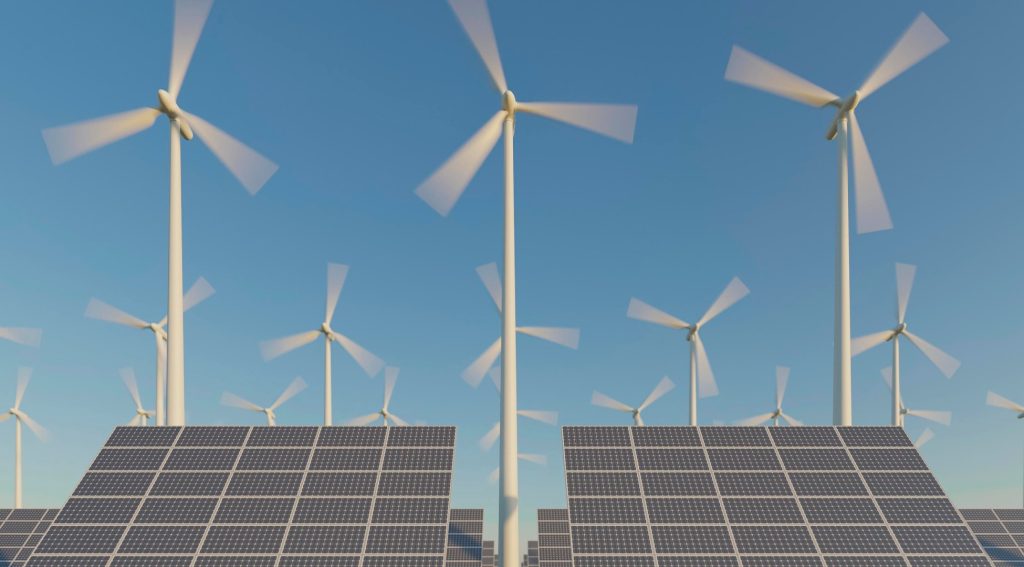A new report from ResearchAndMarkets.com, titled “India’s Energy Future: Demand-supply Dynamics Amid Renewable Energy Growth & Energy Storage Revolution By 2035,” reveals that a significant transformation is underway in the nation’s energy sector.
The analysis positions India at a critical juncture, with ambitious clean energy targets and a projected overhaul of its power landscape by 2035. The study highlights that renewables and new energy sources are set to play a dominant role in meeting the country’s surging electricity demand.
Power Generation and Demand Forecasts
According to the National Electricity Plan released in 2024, India’s peak electricity demand is anticipated to grow by 11% from April 2025 levels, reaching 277 GW by March 2027. To meet this demand, the country’s total installed power generation capacity is expected to increase by approximately 28% to 610 GW. The report forecasts that a substantial portion of this growth will be driven by renewable energy sources, which are projected to contribute 284 GW, or roughly 48% of the total capacity by March 2027.
Looking further ahead, the report outlines even more ambitious goals. India has set a target of 500 GW of renewable energy capacity by 2030, with expectations to grow this to between 750 GW and 1,000 GW by 2035.
The Role of Energy Storage and Grid Infrastructure
The massive integration of renewable energy sources, such as solar and wind, poses both challenges and opportunities for grid operators. To ensure a stable and reliable power supply, the report emphasizes the crucial role of energy storage. It projects that Battery Energy Storage Systems (BESS) will reach 51.5 GW by 2030, while Pumped Storage Projects (PSP) will grow to 26.6 GW in the same timeframe.
This transition creates new business opportunities for infrastructure development. The need for grid upgrades in high-potential renewable zones is opening avenues for advanced network expansion and optimization solutions. Similarly, the increasing share of renewables is driving demand for real-time monitoring and control technologies to enhance grid stability and reliability.
State-Level Solar Dominance and Strategic Imperatives
The report also provides a detailed look at the regional potential for renewable energy. States like Rajasthan, Gujarat, and Karnataka are identified as having the potential to meet 100% of their peak solar-hour demand using solar power alone. Other states, including Uttar Pradesh, Maharashtra, and Tamil Nadu, are projected to have solar potential capable of meeting 50% to 95% of their peak demand.
To successfully navigate this complex energy transition, the report outlines several strategic imperatives. These include integrated grid planning to handle distributed generation, accelerated grid connections, and flexible operations enabled by technologies like virtual synchronous machines. The report concludes that India’s energy journey is at a transformative juncture, with its power landscape being reshaped by renewable energy, energy storage, and modernized grid infrastructure.













